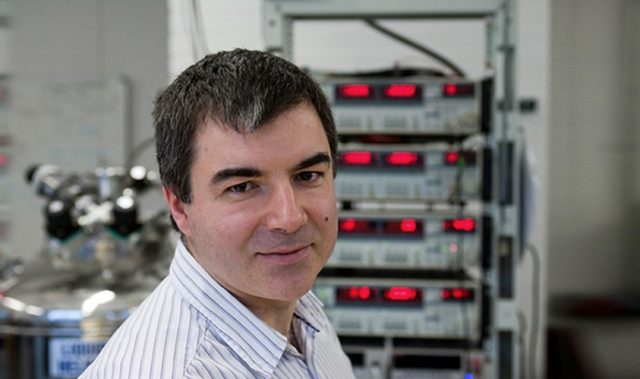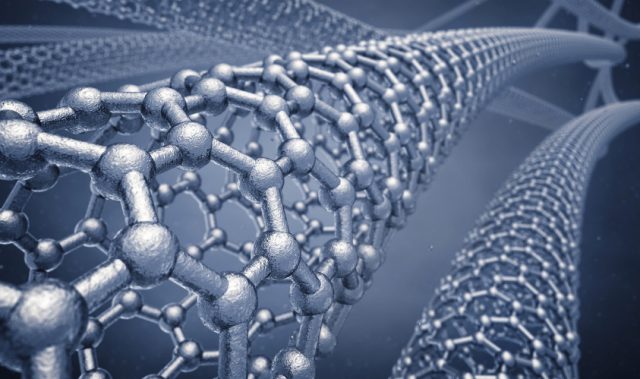
AsianScientist (Aug. 1, 2014) – The National University of Singapore (NUS) has established the Center for Advanced 2D Materials to develop applications for materials that are atomically thin.
Funded by a S$50 million (~US$40 million) grant from the National Research Foundation (NRF), the Center builds on the success of the Graphene Research Center (GRC), which will have its activities folded into the new Center.
“NUS has established a high reputation in this area. We want to stay ahead and expand the scope, and the investment from NRF is allowing us to do it,” explained NUS Deputy President (Research and Technology) Professor Barry Halliwell.
One of the Center’s roles is to engage the industry and spin off more companies, and at the same time, to develop the fundamental science behind 2D materials such as the synthesis of high-quality crystalline materials, characterization with latest experimental techniques and the development of disruptive advanced devices. The work of the new Center will have direct impact in several high-tech industrial sectors that are fundamental to Singapore’s economy such as energy, water, sensors and data storage.
“What we hope to do is to reduce the time between the discovery of a new material and its application,” said the Center’s Director Professor Antonio Castro Neto, who explained that it takes, in average, 20 to 30 years from the discovery of a new material before it has industrial impact.
Prof. Castro Neto, who was the GRC’s Director, will assume directorship of the new Center. Activities at the Center will fall under the following areas: graphene, 2D materials beyond graphene and devices based on 2D materials led by Physics Professor Barbaros Özyilmaz, Chemistry Professor Loh Kian Ping and Biomedical Engineering Professor Lim Chwee Teck respectively. Other research to be conducted at the Center include theory and simulations, innovation and industrial development.
A defining feature of this Center will be the interdisciplinary collaboration between scientists and engineers to produce translational research. The team of about 100—which includes 40 faculty members and 60 doctoral students and research fellows—will work together with the aim of accelerating a material’s development into a useful product.
“We want to make people interact as much as possible because we want the one plus one to be bigger than two,” said Prof Castro Neto.
The Center’s Scientific and Industrial Advisory Board features world renowned researchers such as Professor Andre Geim and Professor Kostya Novoselov, who were awarded the 2010 Nobel Prize in Physics for graphene; and Professor Albert Fert, who was awarded the 2007 Nobel Prize in Physics for giant magnetoresistance.
——
Source: National University of Singapore.
Disclaimer: This article does not necessarily reflect the views of AsianScientist or its staff.












